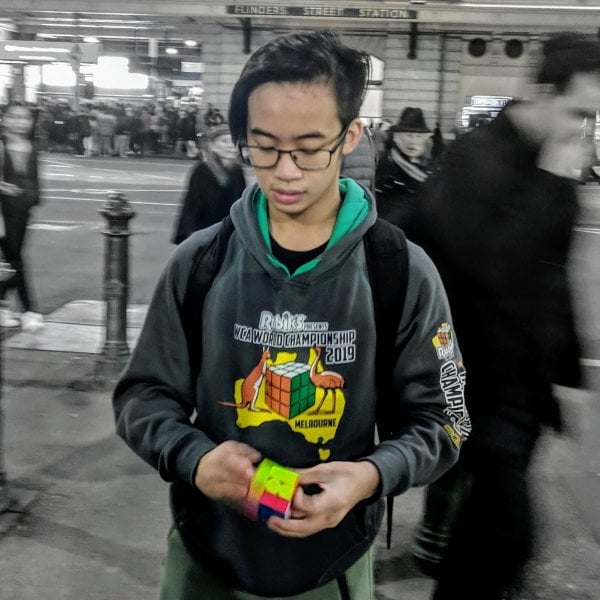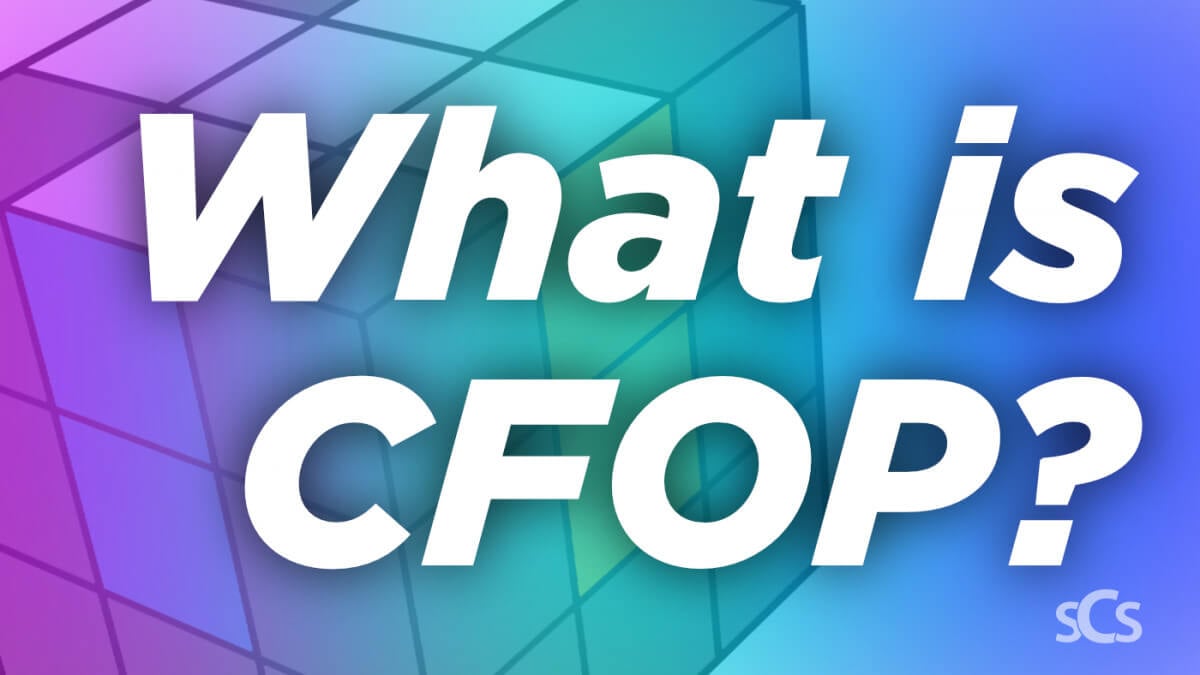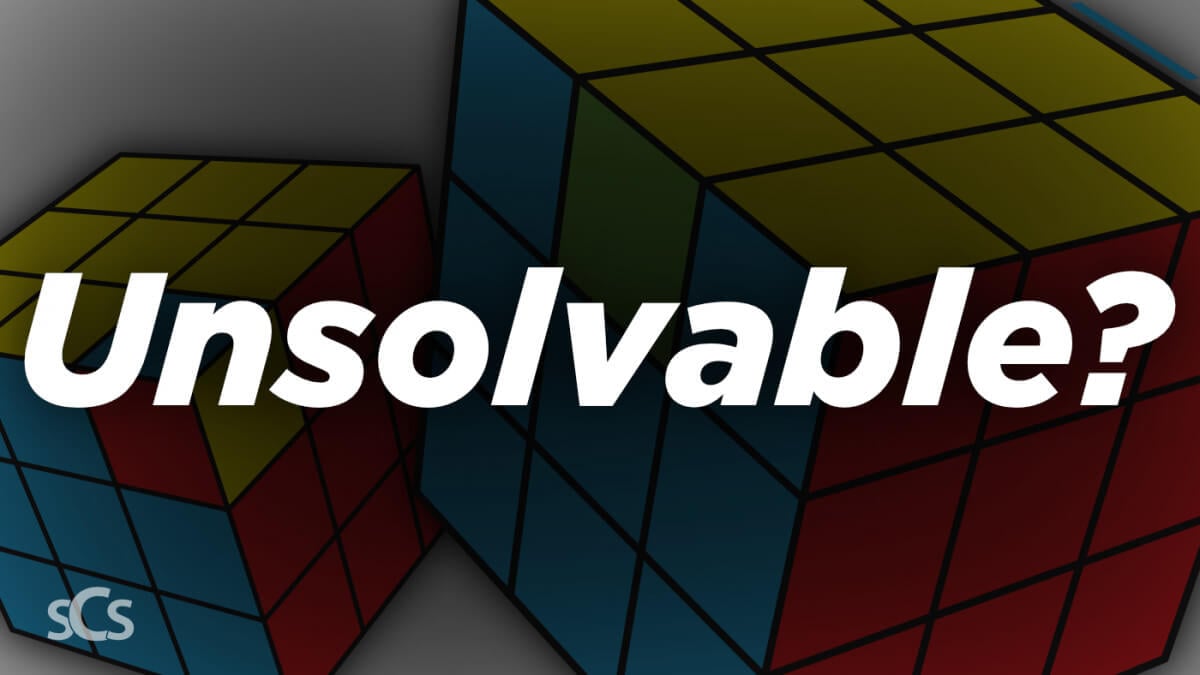Looking to get faster at solving the 3x3 Rubik's Cube? Here we outline and give tips to learn the ZZ Speed Cubing Method.
What is ZZ?
ZZ, named after it's creator Zbigniew Zborowski, is known for its low movecount and high TPS (turn per second) solving style, along with no rotation of the cube once solving. It shares similar solving technique to CFOP, but has an extra step at the start known as "EOLine", which leads to F2L (first two layers) being easier to solve. It's also well known for its heavy algorithm usage, with numerous subsets for both last layer and influencing last layer with the last pair, thanks to the oriented edges in the EOLine step.
Steps
EOLine, EOCross and Variations
EOLine is the original first step of ZZ proposed by its creator, where the solver orients all edges and solves the front and back edges on the D (bottom) layer. This allows for a rotationaless solve and for more options in the final layer as explained below.
EOCross is similar to EOLine, where edges are oriented, but a full CFOP-style cross is solved instead.
An edge is defined as oriented if it can be solved using only R, L, U and D face turns. If an edge cannot be solved using these face turns then it is a misoriented or 'bad' edge.
https://tuyendungnamdinh.com/zz.php?p=eoline
F2L
After EOLine, a 3x2x1 block on both the left and right faces. This can be done without rotations since all edges are oriented.
After EOCross, the first two layers can be solved similarly to CFOP. Since the edges were oriented in the first step, this can also be done without any rotations.
Last Layer
Last layer has a lot of solving options thanks to the orientation of the edges in the first step, meaning that there will always be a "cross" on top of the U layer.
ZBLL
Standard Last Layer
4th Pair influencing Last Layer











